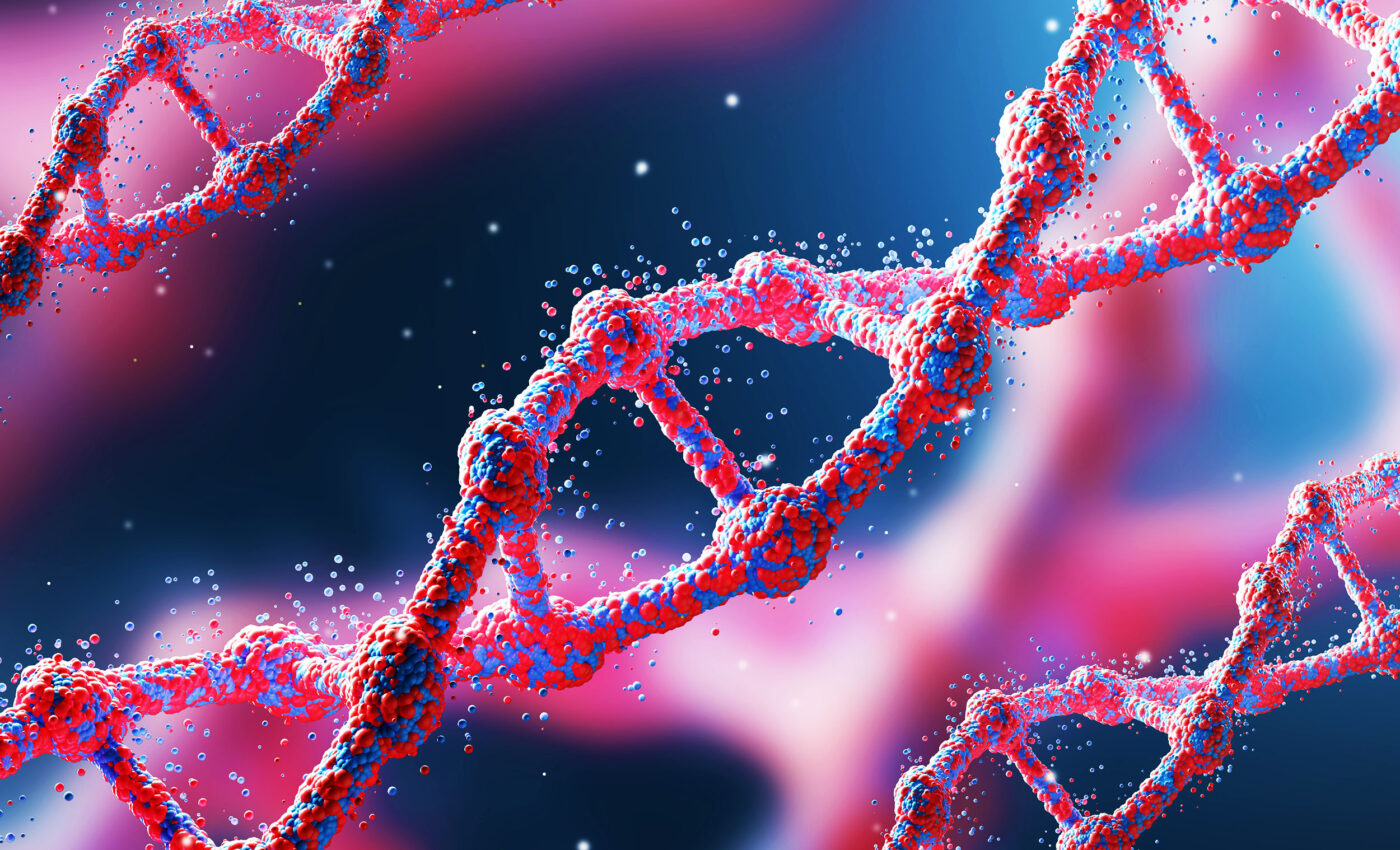
"Genomic time machine" reveals human DNA secrets
The human genome, a marvel of biological complexity, is much more than just a static blueprint of life. It is a dynamic, ever-evolving entity, filled with peculiar features that continue to intrigue scientists.
Among these features are transposable elements (TEs), segments of DNA with the remarkable ability to move within the genome.
The science of transposable elements
Often overshadowed by more prominent genetic components, transposable elements are emerging as crucial players in our genetic landscape.
TEs contribute significantly to the genome’s architecture and functionality.
They are involved in creating regulatory elements, transcription factor binding sites, and chimeric transcripts — hybrid RNA molecules formed from different genes or genome parts.
Transposable elements are not mere genetic oddities; they account for about half of our DNA. However, their dynamic nature poses a challenge.
Difficulty of tracking TEs
As TEs move and age, they undergo changes that obscure their original identity. This process, known as degeneration, makes transposable elements increasingly difficult to track and study.
A new study led by Didier Trono’s research group at EPFL, a novel approach has been developed to detect these elusive TEs.
This fascinating research harnesses the power of reconstructed ancestral genomes from various species.
By comparing these ancestral genomes to the human genome, the researchers could identify TEs that have become degenerate over millions of years.
Genomic “time machine” implications
This innovative method is akin to using a genomic “time machine.” It allows scientists to spot TEs that previous studies, relying solely on human genome data, likely missed.
By employing this technique, the EPFL team has uncovered a significantly larger number of TEs than previously known.
Remarkably, these newly discovered TEs perform the same regulatory functions as their more recent, identifiable counterparts.
The implications of this discovery are vast and varied.
“Better understanding TEs and their regulators could lead to insights into human diseases, many of which are believed to be influenced by genetic factors,” says Didier Trono.
“First and foremost, cancer, but also auto-immune and metabolic disorders, and more generally our body’s response to environmental stresses and aging.”
Transposable elements and human DNA mysteries
This understanding is not limited to a narrow spectrum of conditions; it spans from cancer to autoimmune and metabolic disorders.
Furthermore, it sheds light on how our bodies respond to environmental stresses and the aging process.
In summary, Trono’s research marks a significant advancement in genomics, offering a deeper understanding of the hidden intricacies within our DNA.
It reminds us that our genetic code is not just a static set of instructions, but a dynamic, ever-changing landscape, rich with hidden treasures waiting to be discovered.
As we continue to unravel these mysteries, we open new doors to understanding the complexities of life and the myriad ways our genetics influence our health and wellbeing.
More about the human genome
As discussed above, the human genome, a remarkable entity, stands as the complete set of genetic instructions that shape who we are.
Spanning approximately 3 billion DNA base pairs, it holds the key to our physical and, to some extent, our behavioral traits.
Unlocking the secrets of life
At its core, the human genome serves as a blueprint for building and maintaining a human being. Every cell in our body contains this blueprint, packed into the DNA molecules within the cell’s nucleus.
Scientists have dedicated decades to decoding this complex code, uncovering the functions of genes and their roles in health and disease.
Genes: The building blocks of life
Genes, the functional units of the genome, direct the production of proteins, which perform vital cellular functions.
Our body consists of around 20,000 to 25,000 genes, each playing a unique role.
These genes interact with each other and with environmental factors, influencing everything from our height to our susceptibility to certain diseases.
Dynamic nature of transposable elements
Contrary to what many might think, the human genome is not a static entity. It’s dynamic, with segments of DNA that can move within the genome.
These transposable elements are key to understanding genetic variation and evolution. They highlight the genome’s role not just as a blueprint, but as a living, changing document.
Personalized genomic medicine
The study of the human genome has paved the way for personalized medicine.
By understanding genetic variations, doctors can tailor treatments to individual patients, improving the efficacy of treatments and reducing side effects.
This personalized approach is revolutionizing healthcare, offering new hope for many diseases.
Challenges and ethical considerations
As we delve deeper into the human genome, ethical challenges arise. Issues such as genetic privacy, data security, and the implications of genetic testing are at the forefront of discussions.
It’s crucial to balance scientific advancement with ethical considerations to ensure that genomic research benefits humanity responsibly.
Future of genomic research using transposable elements
The journey of exploring the human genome is far from over. Every discovery opens new questions, driving scientists to continue their quest to understand this complex and fascinating component of life.
As research advances, we can expect groundbreaking insights into genetics, health, and disease, shaping the future of medicine and biology.
The full study was published in the journal Cell Genomics.
—–
Like what you read? Subscribe to our newsletter for engaging articles, exclusive content, and the latest updates.
—–
Check us out on EarthSnap, a free app brought to you by Eric Ralls and Earth.com.
—–













